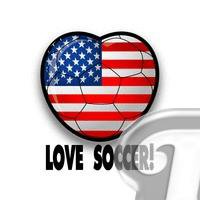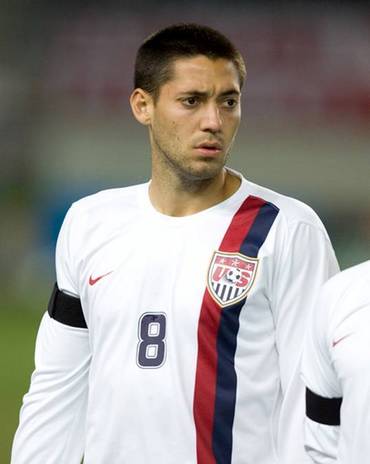An Overview of American Soccer History

The College Era, and Rules Consolidation, 1862-1875
The Working-Class and Immigrant Eras, 1875-1894
The First Dynasties, 1913-1921
The 1960's: The Birth of the American Soccer Renaissance
Outdoor soccer reaches a low: 1985
The Rebirth of Outdoor Soccer, 1988-1994
1994: The World Cup comes to America
From World Cup to Major League Soccer (1995-1996)

The Road to World Cup 1994
The US National Team surprised the world by qualifying for the 1990 World Cup in 1989 by upsetting Trinidad & Tobago while on the brink of elimination with an amazing victory at Trinidad. This team of underdog players from the ASL, WSL, MISL and USSF Development Program, may have been lucky more than anything else, especially considering their mediocre 1988 Olympic Performance (2 draws and 1 loss, albeit one draw was against host South Korea). They had tied many of their qualifying games, and been able to avoid playing Mexico altogether, which certainly would have doomed their effort. The team prepared for the cup with an impressive series of games in the spring of 1990 including victories against Finland, Iceland, and Poland. The most eagerly anticipated game was against the Soviet Union, which drew 61,000 to Palo Alto CA, for a close 2-1 loss. The cup itself showed the US as basically outmatched, however they nearly forced a draw with host Italy, only allowing a goal late in the game, nearly tying the game in the 70th minute. Such an upset would have been stunning had the US been able to keep the tie. The other losses (1-5 vs. Czechoslovakia and 1-2 vs. Austria) were less impressive.
In 1991, Bora Milutinovic was hired to coach the US team, and he immediately embarked on a program to develop a playing style relying heavily on a tenacious, controlled defense, an area which had long been neglected. During his tenure, the US began to win more games than ever before, and increasingly, against fairly impressive competition. The team consisted mostly of players contracted full-time to USSF, and Milutinovic launched the team on an extensive schedule of Internationals against other countries. The US drew against Mexico in March, and won the inaugural Gold Cup, the North American championship, held that year in California. The final was a close fought affair against Honduras, a game forced into penalty kicks after a scoreless draw. Previously the US had beaten Mexico in the semifinals. Meanwhile, the US achieved a world class accomplishment which went sadly overlooked, their taking of the championship at the 1991 Women's World Cup.
The outdoor game in 1992 saw the consolidation of the APSL, and the expansion of the SISL outdoor league into a 21-team league with a new name, the United States Interregional Soccer League (USISL). At the same time, issue of the future 1st Division League grew ever more contentious as different groups fought and vied for the honor. The APSL, led by Richard Groff, the USISL, led by Francisco Marcos, and even the MISL Indoor league, all lay claims to being the premier soccer league most suited to rise to the top, and these were joined by Rothenberg's own plans for a new league. The fight over FIFA designation revolved around several factors. Beyond the personal issues between the various parties, were differing philosophies about the best way to grow soccer, from a top down well financed method favored by the Rothenberg group to a bottom-up grassroots method, favored by the APSL and USISL parties, or the claim by the MISL to be the highest profile league in existence at the time. Unfortunately, the fight led to many conflicts with leagues working to undercut each other, which led to more setbacks than anything else for the cause of US Soccer. Eventually, the Rothenberg group prevailed, on the basis of promises of investor capital, sponsorships and good prospects of television deals. Their new league was then christened Major League Soccer.
The US National team played their most ambitious year ever in 1993, with 34 games played that year, ranging from the new USA Cup (with games against Germany, and Brazil, and another shot heard 'round the world, a 2-0 upset of England), the Gold Cup '93, with four straight victories followed by a 4-0 loss to Mexico in the championship before 120,000 in Mexico, the largest crowd ever to watch the US team. This year also saw a series of exhibitions against major world teams dubbed the "World Series of Soccer". Primarily designed to provide playing experience, this series included games against Germany, Brazil and England (also serving as the USA Cup), Columbia, Russia (doubleheader), and Denmark. Although the US went 1-2-4, they drew impressive crowds for these games, providing hope for the future MLS. The schedule got even busier early in 1994 as preparations were completed for the World Cup. The final game of the warm-up was a thrilling 1-0 victory over Mexico two weeks before the World Cup. This game was played before 92,504 fans, most of them Mexican.